Garden Design Inspiration
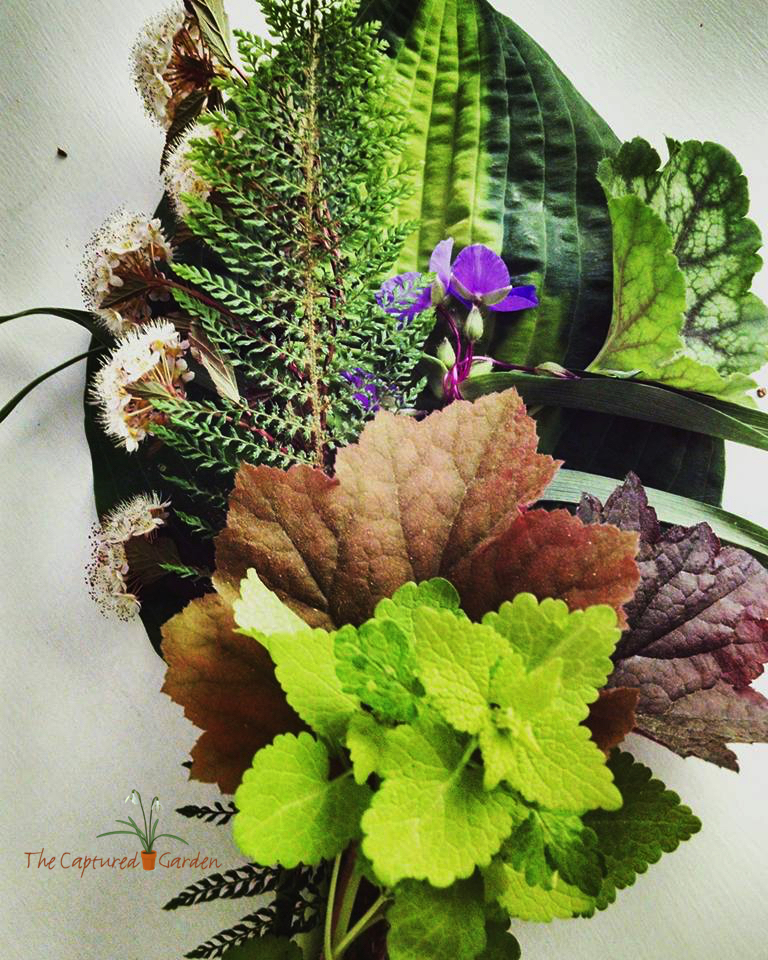
Sometimes an inspiration “bouquet” helps clients see my vision for their garden design.
We can play with the different plant combinations until we like the result.
A Thankful Gardener
I recently spent some vacation time with the kids in Turks and Caicos. What a beautiful spot. Especially for a gardener. I drooled over the amazing variety of tropical plants.
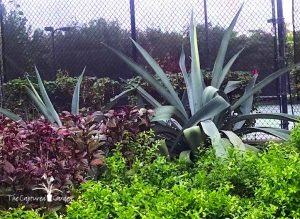
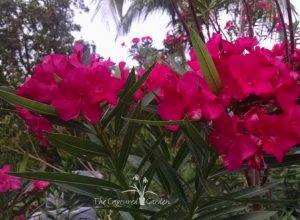
“Hedges” of lantana, colorful croton as tall as I am, masses of cuphea that mocked me with their exuberance. Ditto the setcreasea, which was like a groundcover on steroids.
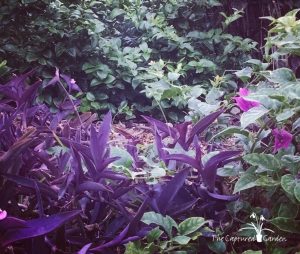
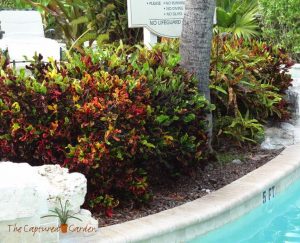
My kids grew tired of my constant stopping the car to take “just one more picture.” I had to remind myself that the Bible says “Thou shalt not covet” so I tried really hard not to. But isn’t it human nature to want what we can’t have?
Across our country, there are gorgeous botanical gardens that truly are sights for sore eyes, boasting acres upon acres of luscious greenery, beautiful colors, unique plant-life, exotic butterflies, and even some fun activities for the kids. Read “55 Stunning Botanical Gardens You Really Need to See Before You Die”
What Can We Grow Here in New England?
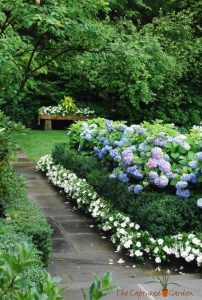 While it’s true those of us in the colder zones will never be able to grow a hedge of bougainvillea, we can grow a hedge of beautiful ‘Nikko Blue’ hydrangea, which would melt in the heat of Turks and Caicos.
While it’s true those of us in the colder zones will never be able to grow a hedge of bougainvillea, we can grow a hedge of beautiful ‘Nikko Blue’ hydrangea, which would melt in the heat of Turks and Caicos.
We may not have all the different types of palm trees but here in New England, we have the amazing fall foliage, which draws leaf-peepers from all over the country. The key is to be thankful wherever you garden. If you have clay soil, embrace it and plant daylilies, Japanese iris, viburnums or black-eyed Susans. If you have wet, soggy soil be grateful you have beautiful options like Black Snakeroot, Cardinal Flower, or Joe-Pye Weed. For more plant suggestions based on different conditions check out Plant Finder.
For those of you experiencing water bans why not try xeriscaping, which is design that uses various methods for minimizing the need for water use. Water Use It Wisely is a great site to get you started.
And if you don’t have any soil to garden in be thankful. You get to use containers!
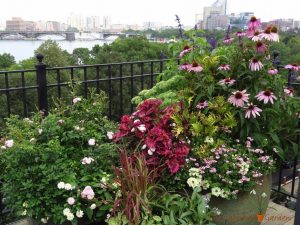
Some of my favorite designs have involved grouping of containers on balconies and roof decks. Shrubs, small trees, perennials, vegetables….any of these will do fine in containers.
For the greatest chance of success, just make sure your pots are big enough and you have consistent irrigation.
True, the beautiful rustle of the wind through the palm trees seems to whisper “vacation” but I think of the wind through the pine trees at the sea captain’s house in Maine that has been in our family for generations. It whispers “home”.
I guess the key is to be content and thankful wherever you garden. After all, if you are digging in the dirt and not six feet under it, it’s all good.
On The Road Again
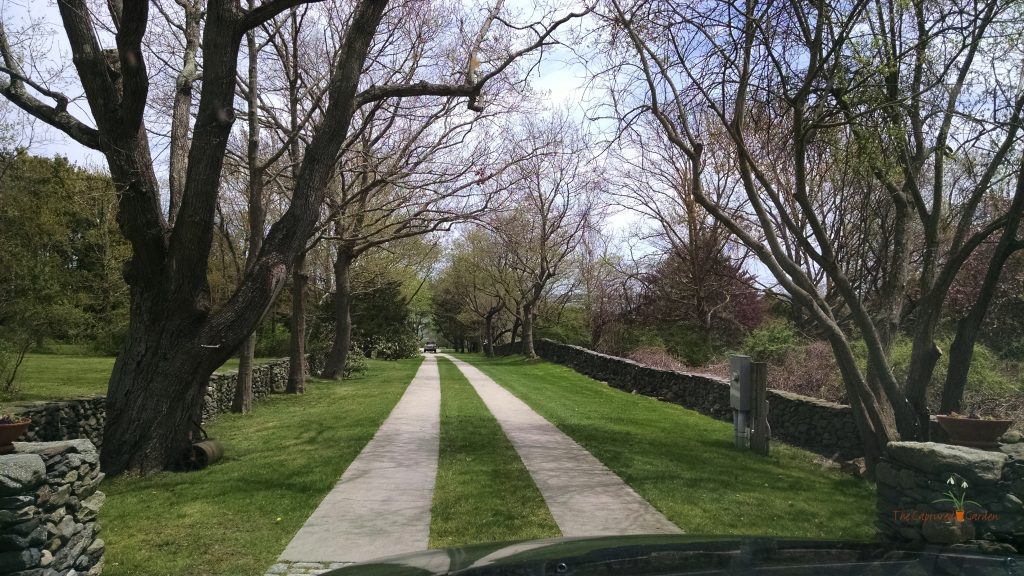 I speak at many different garden clubs during the year and one of the benefits is that I get to travel around New England.
I speak at many different garden clubs during the year and one of the benefits is that I get to travel around New England.
Every trip reveals something that inspires me, whether vineyards in Rhode Island, mountains in Vermont, or beaches on Cape Cod. Just last week I had the privilege of speaking at the Jamestown Garden Club in beautiful Jamestown, Rhode Island. The house where I lectured was right on the water and I thought again how wonderfully that environment, with its sea breezes, lends itself to the gracefulness of ornamental grasses.
Read More»Orange Punch – Container Gardens Match Beds
A client’s recent party had us feeling citrus-y.
It’s always nice to complement what’s blooming in the beds.
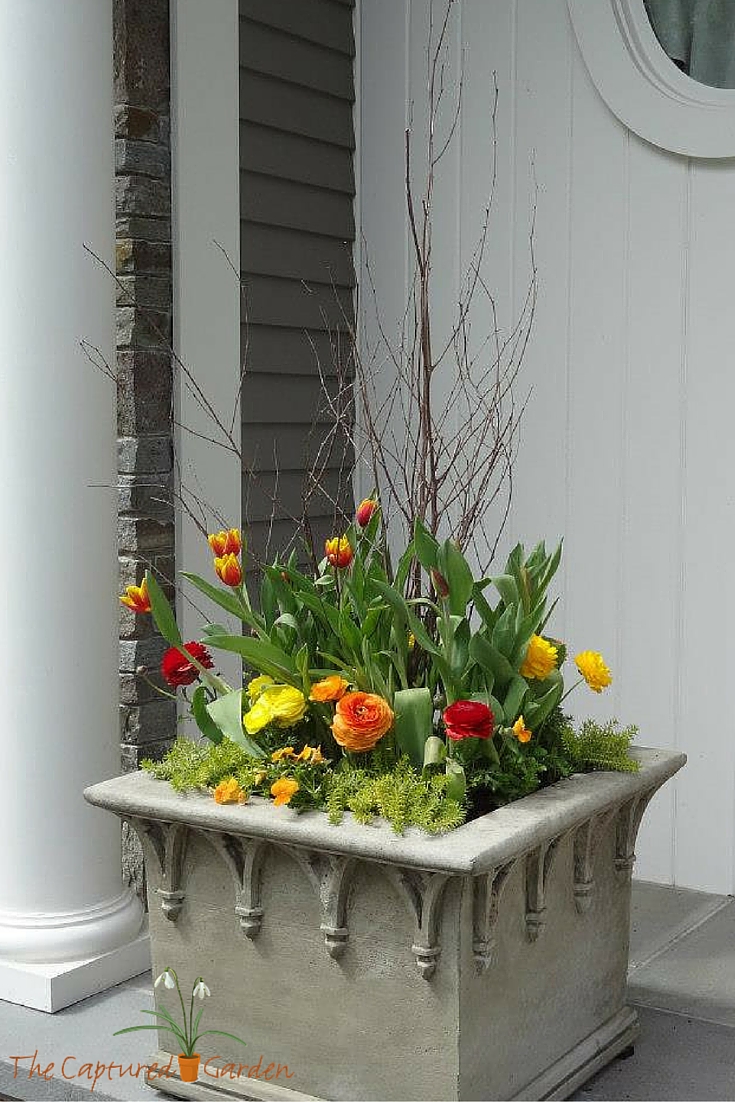
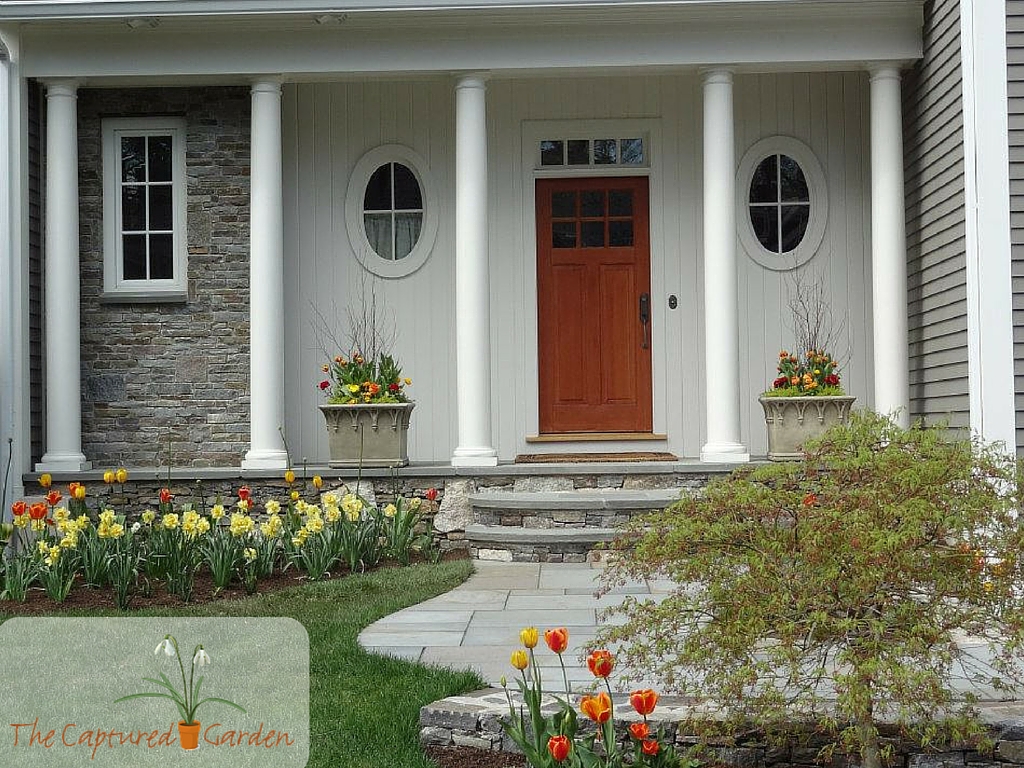
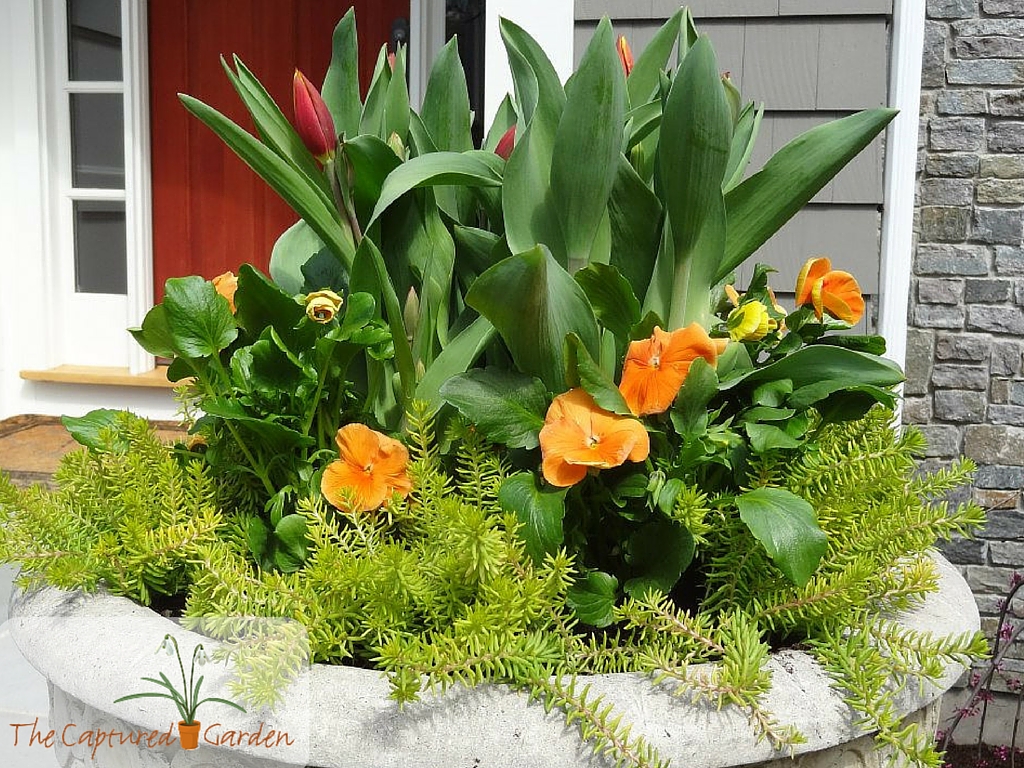
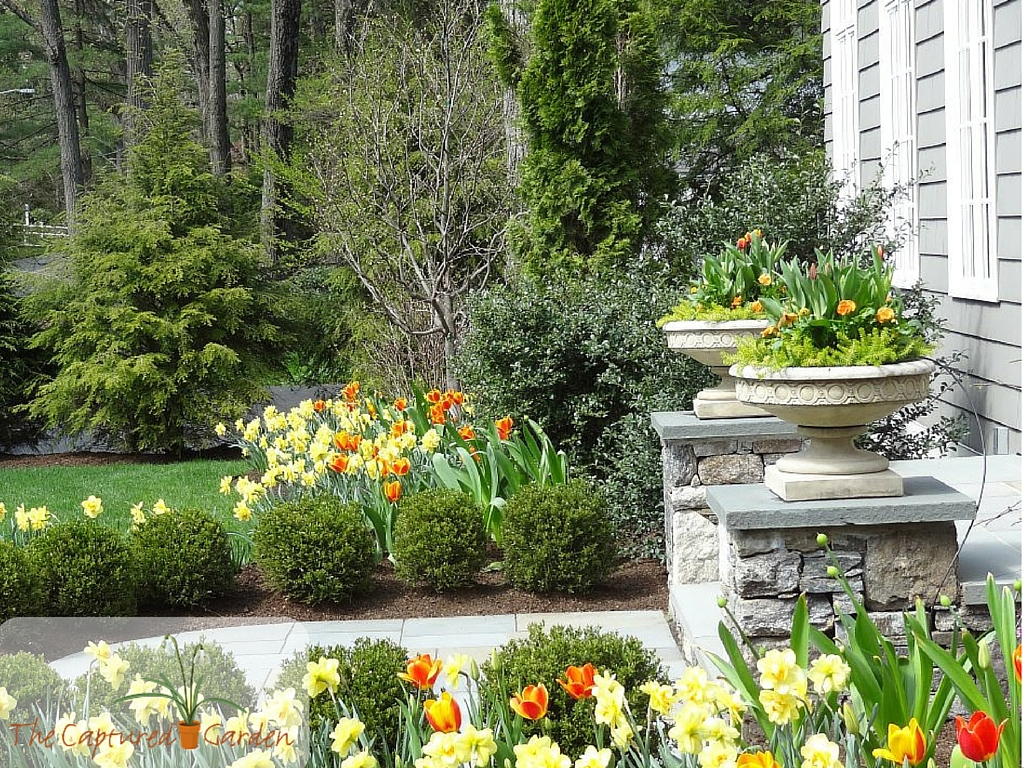
Container gardens can turn front doors, back decks and intimate patios into more welcoming places. We have created hundreds of custom container gardens for clients throughout New England. Your empty urn, window box or container is an opportunity to see what we can do for you. It will always be beautiful, never typical. We promise.
Contain Yourself
Did you know that, in addition to residential clients, The Captured Garden has many commercial clients as well?
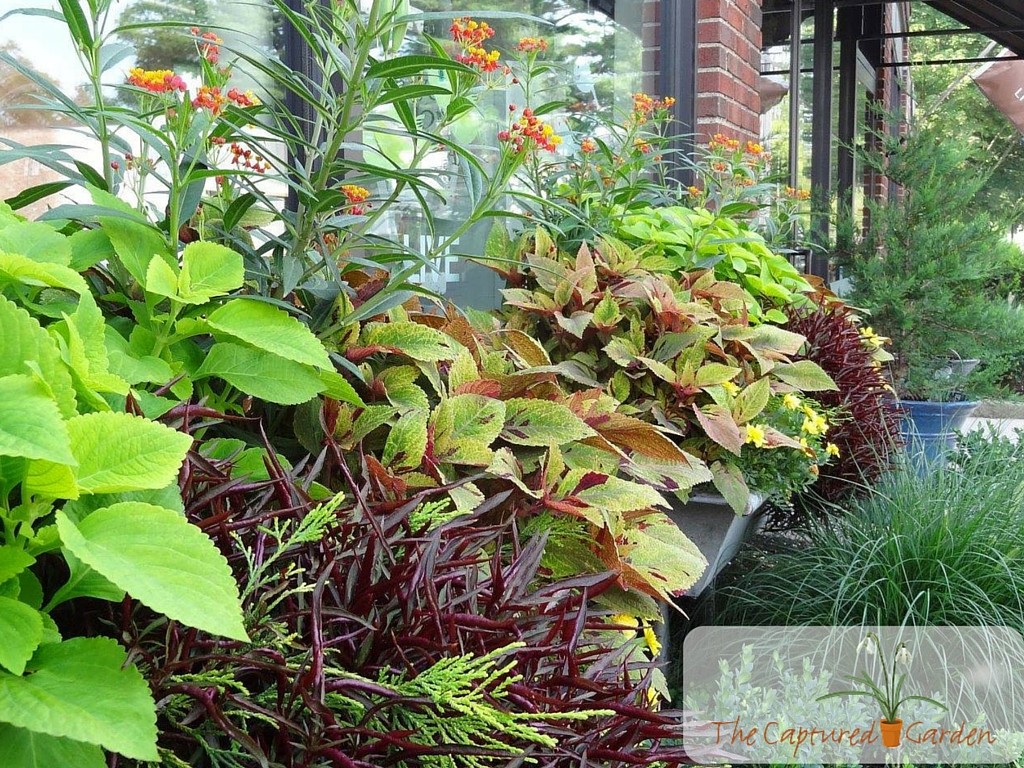
Having commercial clients comes with its own unique set of challenges. We are tasked with creating beautiful one-of-a-kind window boxes or containers that must look good 24/7. On top of that, they need to stand up to an often tough urban environment and lack of regular watering.
One of our favorite commercial clients is Pine Straw in Wellesley, and more recently, Waban. Pine Straw features a great collection of items that you don’t see everywhere from clothing and jewelry to decorations and home goods. I’ll admit it’s often hard to plant outside because I am distracted by all the cool stuff I see in the windows! Despite a tough environment, we often find the window boxes at Pine Straw are the best-looking in the neighborhood. Hats off to Tracy Cranley and her crew for doing such a great job!
Why not visit PineStraw and check out The Captured Garden’s work yourself?
I had so much fun creating containers last year that I am doing it again. “Contain Yourself” is a mini-demo where I will plant some of the neat containers at the shop (think galvanized metal…sigh). Pick up some container gardening tips and enjoy some wine and cheese at the same time. Sounds like a win-win, right?
3 Tips for Container Garden Success
Your door mat may say “Welcome” but what are your container gardens saying?
Whether they sit at the front door or mark the entrance to the driveways these are the ambassadors that really welcome guests to your home. At least they should. Of course, we have all seen container gardens that say “I’m overwhelmed”, “I’m tired” or even worse…”stay away!” Now I am not blaming anyone; we are all busy people: time-pressed and energy-starved. Our intentions are good but then life gets in the way. Rather than giving up on container gardening, which is my first love (alright maybe second after Scott Weaver in first grade), let me give you some tips to make container gardening success a bit easier.
3 Tips for Container Garden Success
1: Start with a large pot.
Most of my containers are between 18”-20” in diameter. Same goes for window boxes. Make sure they are at least 8” deep and wide. A large container means greater soil volume so plants will not dry out as quickly so there’s less watering for you. While you may be tempted to keep the water in the pot by not drilling drainage holes, don’t do it. Your plant roots will rot and you’re back to square one. Avoid terra cotta pots. The porous material is great for Mediterranean type plants (think rosemary, lavender), but it practically dries out when you turn your back and we are going for less maintenance, not more, right? Gardener’s Supply in Vermont has a great selection of planters, even some that are self-watering.
2: Choose the right plant for your location.
Sounds sensible but I have seen too many sun-loving geraniums limping along on a shady porch. Putting sun-lovers in shady spots and shade-lovers in sunny spots will not make for happy plants and you will have to “baby” your containers to maintain them and who has time for that?
3: Focus on foliage.
I am a huge fan of all-foliage containers. Deadheading, the process of removing spent flowers to encourage re-blooming, is relaxing to some people. Not me. Nothing says “Sit back and enjoy that glass of wine” like a container that needs no deadheading. A container of foliage plants will look as beautiful in August as it did in June. If you insist on flowers, focus on those that require little deadheading, or are self-cleaning like bacopa, lantana, or calibrachoa (million bells). And include great foliage plants like coleus or heuchera among the bloomers. That way when those flowering plants take a break (which for me is typically right before a big party mid-summer) you will still have something pretty to look at.
By using my three simple tips, you are sure to have container gardens that will welcome guests to your home this summer.
You may not even need the welcome mat!
“Pockets” Make Easy Fall Containers
 This time of year I feel like that kid from the movie The Sixth Sense. Remember the one who saw dead people? That’s me. Only I see dead windowboxes. Containers. Urns.
This time of year I feel like that kid from the movie The Sixth Sense. Remember the one who saw dead people? That’s me. Only I see dead windowboxes. Containers. Urns.
Ghosts of gardens that were undoubtedly the pride of their owners now left to die.
I can’t help but wonder why the people who delight in designing their summer containers don’t keep the beauty going into fall. After all, fall windowboxes are not difficult to create. The key is planting “pockets”.
Start by planting evergreens in the container to act as the “bones” of the design. Boxwood and dwarf arborvitae are great choices for bones. In between the evergreens, the “pockets”, plant seasonal material. Even if you choose to plant only in summer your evergreen “bones” mean you have a decent looking container during the other three seasons. You can make a great looking fall windowbox without planting a thing, just add simple embellishments. For instance, gather some interesting gourds or seed heads and use branches for height. Just make sure you NEVER use bittersweet vine as it is highly invasive. A simple combination for your fall container could incorporate an ornamental grass, a cabbage or kale, and some pansies. Even though the days are colder don’t forget to water your container. Until the soil freezes the plants still require moisture.
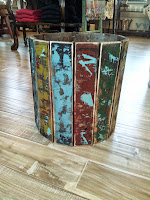 If you are not planting anything in your winter boxes remove fall material before it becomes frozen in place. Cutting off plant material at soil level is a good option if Jack Frost catches you unawares and helps you avoid the “ghosts of containers past” syndrome.
If you are not planting anything in your winter boxes remove fall material before it becomes frozen in place. Cutting off plant material at soil level is a good option if Jack Frost catches you unawares and helps you avoid the “ghosts of containers past” syndrome.
Fall in New England is a beautiful season with spectacular colors and interesting details. It’s the perfect opportunity to plant something in your containers that will take your breath away – before winter does.
This article was originally written for Pine Straw, an apparel and home goods store in Wellesley, MA.

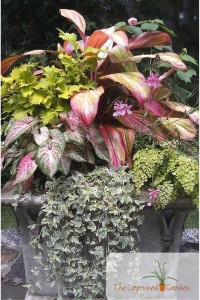
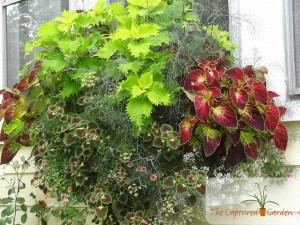
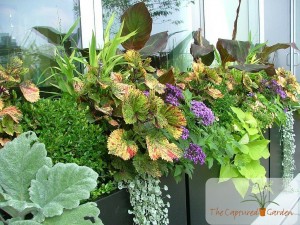
Follow Us!